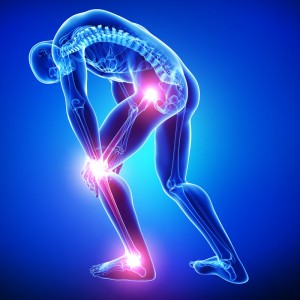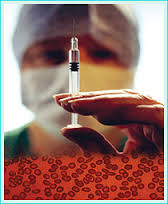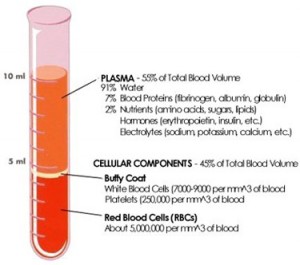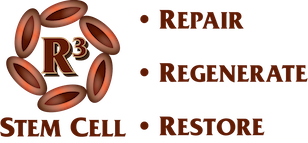FAQs on Platelet Rich Plasma Therapy in Dallas, Austin and Houston Texas
One of the most innovating and exciting forms of regenerative medicine is the use of platelet-rich plasma (PRP) injections. PRP therapy is an increasingly popular alternative to surgical repair of torn ligaments, tendons, and muscles, as well as degenerative joint disease.
Who is a candidate for PRP therapy?
If you live in pain, platelet-rich therapy could be right for you. Our physicians use PRP therapy to treat:
- Amateur and professional athletes
- Workers injured on the job
- Generally active people
- Anyone with chronic tendon, ligament, or joint pain
What conditions are treated using platelet-rich plasma injections?
PRP therapy is used for the treatment of many acute and chronic conditions. These include:
- Chronic low back pain
- Tennis elbow
- Spinal stenosis
- Rotator cuff tears
- Achilles tendinitis
- Knee osteoarthritis
- Neck pain
- Plantar fasciitis
- Tendon problems
- Medial collateral ligament (MCL) tears
- Injuries to ligaments and muscles
- Diabetic and peripheral ulcers/wounds
How is platelet-rich plasma administered?
 Platelet-rich plasma (PRP) therapy is an effective, safe, and all-natural way to heal damaged soft tissues and joints for the purpose of alleviating chronic pain. The doctor first collects a sample of your blood, which is processed in a centrifuge that concentrates the platelets. Then, the concentrated platelets are injected into the injured body region.
Platelet-rich plasma (PRP) therapy is an effective, safe, and all-natural way to heal damaged soft tissues and joints for the purpose of alleviating chronic pain. The doctor first collects a sample of your blood, which is processed in a centrifuge that concentrates the platelets. Then, the concentrated platelets are injected into the injured body region.
How does PRP therapy work?
When tissue damage or injury occurs, platelets collect at the site for the purpose of repair. When concentrated platelets are administered straight into the injured or damaged body region, they deliver a powerful mixture of growth factors, which enhance the body’s natural healing ability. This therapy leads to a more efficient, rapid, and thorough restoration of tissues.
Is PRP injection safe?
Platelet-rich therapy is a safe, effective therapy for pain, swelling, and stiffness. Because the procedure involves the use of the patient’s own blood, there is no risk for rejection or allergic reaction. This  treatment involves a minimally invasive procedure, so risks include bruising, bleeding, and nerve damage. However, real-time ultrasound is used, the risk for tissue damage is low.
treatment involves a minimally invasive procedure, so risks include bruising, bleeding, and nerve damage. However, real-time ultrasound is used, the risk for tissue damage is low.
How long does the procedure take?
The procedure takes around 1-2 hours, which includes preparation and recover time. This procedure does not involve general anesthesia or overnight hospital stay, so the patient can return to their job and usual activities soon afterwards.
What can I expect after the procedure?
Some people report stiffness, swelling, and mild discomfort that lasts a few hours after the injection. These symptoms are a normal response and a sign that the treatment is working. Over time, the injected area starts to heal, and the patient has less pain, improved function, and increased mobility.
 How many treatments do I need?
How many treatments do I need?
Regenerative medicine is not a quick fix for many conditions, but it is designed to promote long-term healing of damaged and injured tissues. While many people only require one injection, tissue regeneration of collagen takes 4-6 months and may require several injections. The total number of injections needed depends on the area being treated, your age, and the degree of pain you previously experienced.
Does PRP therapy work?
In a recent study involving PRP therapy and almost 600 patients, The Western Ontario and McMaster Universities Arthritis Index Scale showed PRP therapy to be significantly better than normal saline and hyaluronic acid injections for degenerative joints. In addition, pain scores were notably lower for the PRP group compared to the other groups.
Resources
Khoshbin A, Leroux T, Wasserstein D, et al. (2013). The efficacy of platelet-rich plasma in the treatment of symptomatic knee osteoarthritis: a systematic review with quantitative synthesis. Arthroscopy, 29(12), 2037-2048.





